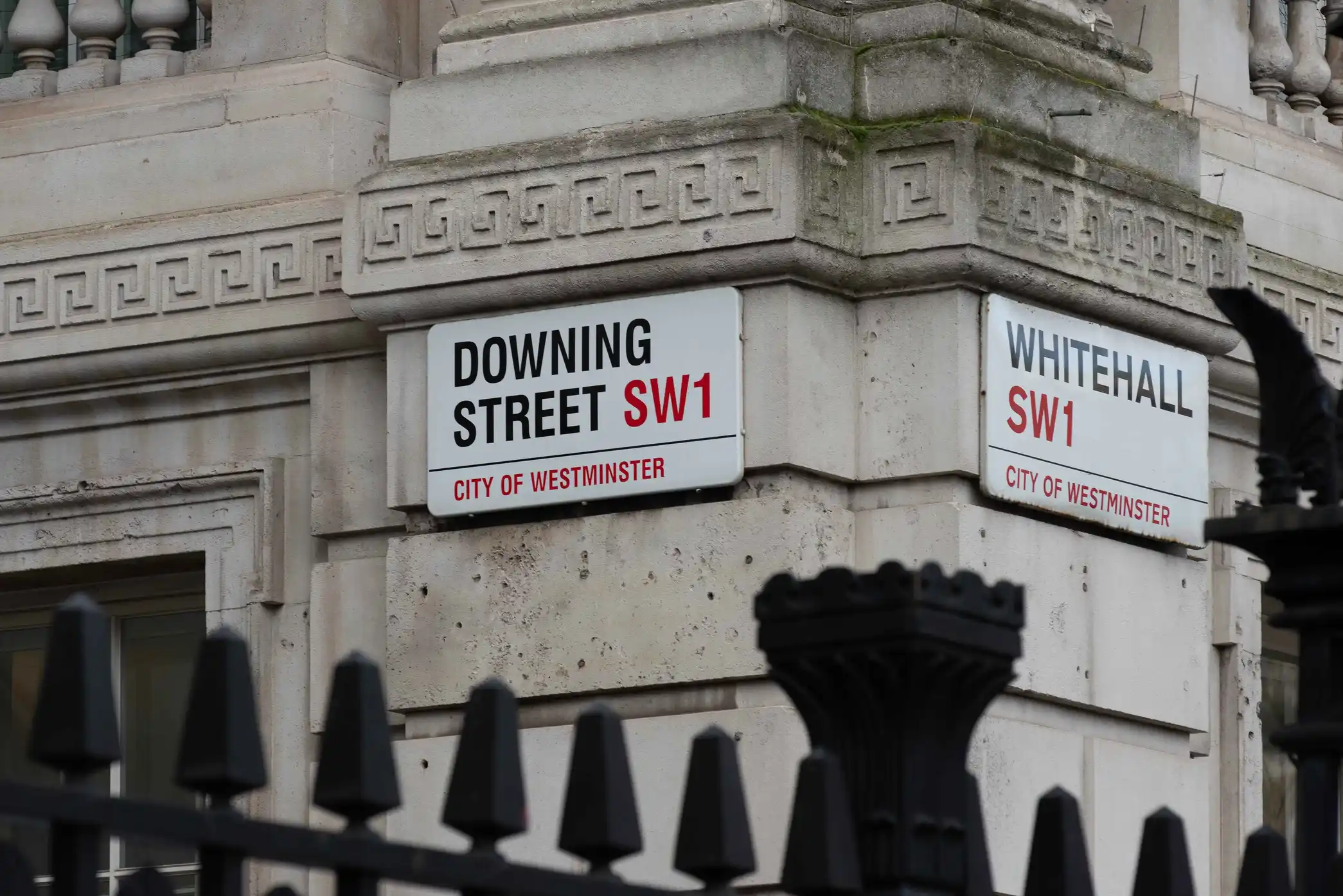Lucinda Tonge, Public Affairs Manager
03/07/2025 | Onshore wind



One year on - Government scorecard
4 July 2025
Tomorrow marks one year in office for the current Labour Government, which was elected on 4 July 2024, with one of its five missions to ‘make Britain a clean energy superpower’ and speed up the pace of renewable energy development, with a focus on maximising the industrial and job opportunities the sector offers the UK.
We’ve seen a series of bold actions taken since then, including lifting the de facto ban on onshore wind in England, uplifting the budget for Allocation Round 6, and launching the Clean Industry Bonus to maximise investment in supply chains. But has the Government delivered against the wider goals of the sector?
Published last May, RenewableUK’s 2024 Manifesto set out a series of asks of the next Government to facilitate the rapid increase of the UK’s clean energy supply, including:
- Modernising the Contracts for Difference scheme.
- Creating a more efficient planning framework.
- Scaling up supply chains and skills capabilities.
- Unlocking greater levels of private investment into vital flexible technologies such as long duration energy storage and the co-location of battery storage.
So how has the Government delivered against these asks from industry? We’ve looked back on the last 12 months and created a RAG-rated scorecard of its actions across market design, planning and environment, the supply chain, skills, aviation and radar, and grid and networks .
The overall picture is one of positive initial progress, against a challenging wider backdrop. Our analysis comes with the clear caveat that we are now occupying a vastly different socioeconomic context to when the manifesto was written. Supply chain costs are increasing, interest rates are having an impact, and geopolitical tensions are exacerbating uncertainty for investors - all of which reinforces the need to double down on ensuring that investor confidence in the UK market is secured, the policy environment is stable, and that projects are bankable.
Generally, there has been a noticeable shift in the way that Government interacts with the renewable energy sector regarding planning and the environment, whilst the recent Industrial Strategy has delivered some positive signals for supply chains, and there has been some real development regarding skills.
However, there is plenty more still to be done to ensure both the industry and public can fully realise and benefit from this massive transformation of the UK’s energy system. The key next steps will focus on the final form of the Planning and Infrastructure Bill, which is currently making its way through Parliament, the long-awaited decision on zonal pricing and outcome of the second Review of Electricity Market Arrangements (REMA), stimulating investment in ports to deliver offshore wind supply chains and projects, as well as confirmation of the parameters and shape of the upcoming AR7 auction. We also look forward to seeing stronger ties between the UK and Europe to help deliver on clean energy targets and support domestic supply chains, as well as detail on AR8 and AR9 to secure the Clean Power 2030 mission.



